What Is a Coolant Flush?
Definition and Purpose
A coolant flush is a maintenance service for your vehicle’s cooling system. It involves removing old coolant and replacing it with fresh coolant. The purpose is to keep the engine temperature stable and prevent overheating. Coolant flushes also help protect vital engine components from rust and corrosion.
How It Works
A coolant flush starts by draining the old coolant from your vehicle. The cooling system is then cleaned to remove debris and contaminants. After cleaning, fresh coolant is added to restore proper engine cooling performance. This process ensures the system remains efficient and prolongs engine life.
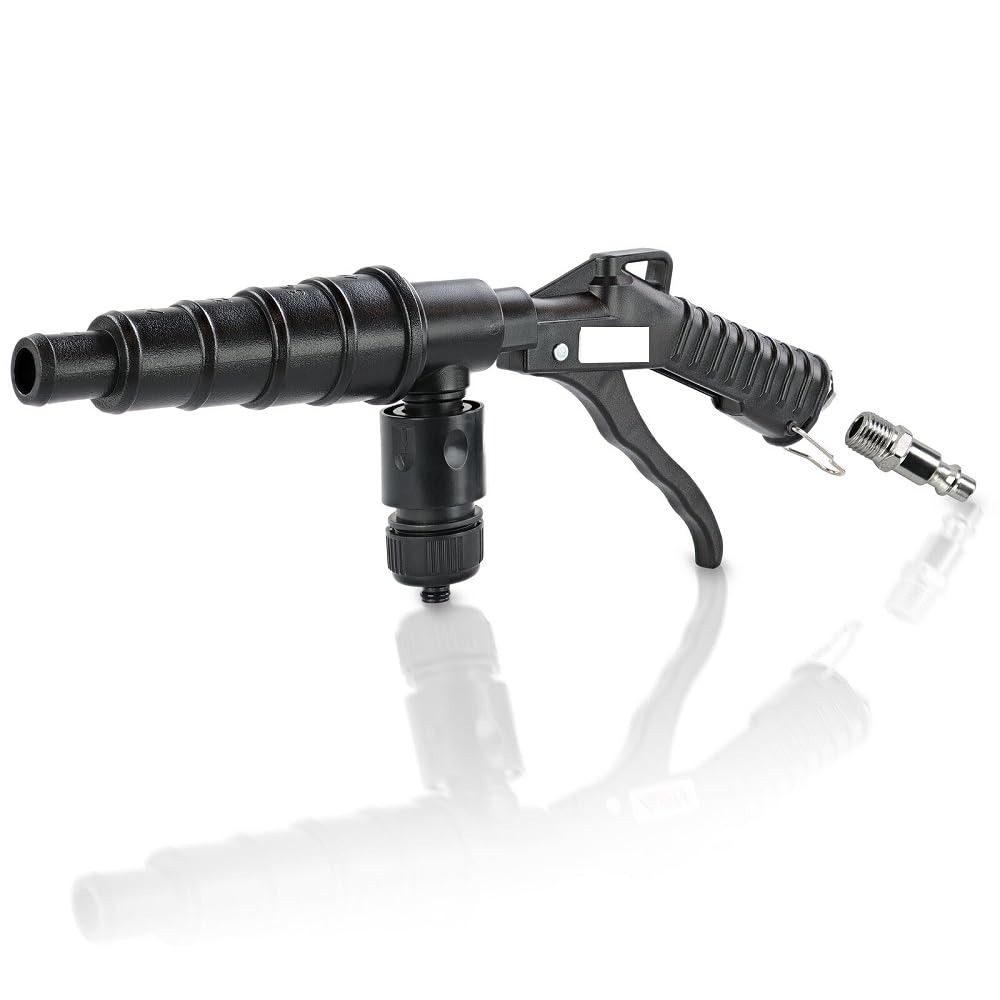
Why Is a Coolant Flush Important?
A coolant flush plays a vital role in maintaining your vehicle’s health and performance. Regularly flushing the coolant ensures your cooling system functions smoothly, safeguarding your engine from numerous problems.
Preventing Engine Overheating
The cooling system regulates engine temperature. Old coolant loses its efficiency over time. Without a coolant flush, debris and deposits can build up, blocking proper heat transfer. This increases the risk of engine overheating, which can lead to serious damage. Fresh coolant efficiently absorbs and dissipates heat, ensuring the engine stays cool even during intensive use.
Protecting Against Corrosion
Over time, old coolant can become contaminated with rust or other particles. These particles can corrode vital cooling system components, such as the radiator and water pump. A coolant flush removes contaminants and replenishes corrosion inhibitors, protecting your engine and extending its lifespan.
Enhancing Engine Efficiency
Efficient heat regulation improves engine performance. When your cooling system functions optimally, the engine operates at its best temperature. This enhances fuel combustion, reduces wear, and improves overall vehicle efficiency. A coolant flush ensures the system operates smoothly, helping prevent energy loss caused by overheating or sludge buildup.
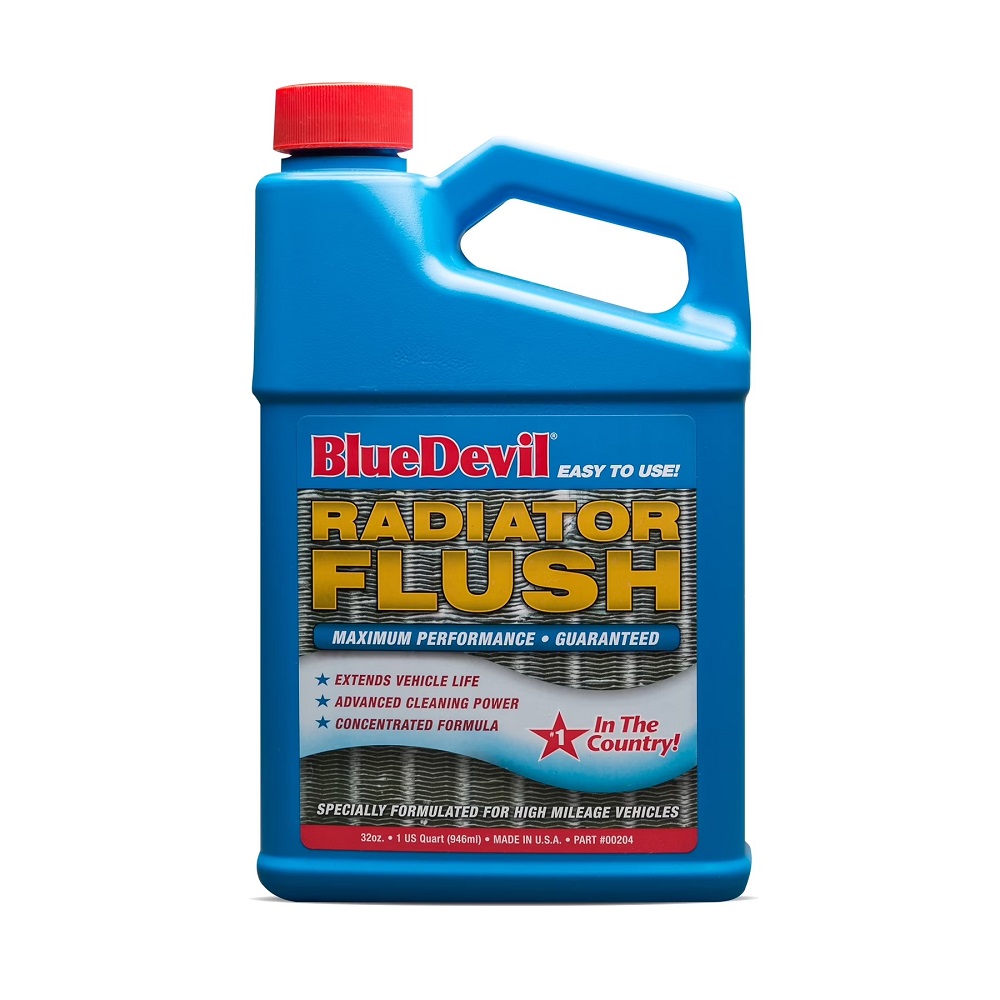
Signs Your Vehicle Needs a Coolant Flush
Keeping track of your vehicle’s cooling system is crucial. Recognizing the signs of coolant issues helps prevent costly problems. Below are key indicators your car may need a coolant flush.
Warning Signs from the Dashboard
- Temperature Warning Light: If the engine temperature light comes on, it signals possible overheating. This could mean old or insufficient coolant is struggling to regulate engine heat.
- Check Engine Light: A malfunctioning cooling system can trigger the check engine light. It’s essential to investigate and address the coolant system promptly.
- Low Coolant Indicator: Newer vehicles often have a low coolant warning light. If it activates, it’s time to check your coolant levels and possibly schedule a flush.
Dashboard alerts act as early warnings. Don’t ignore them, as they can prevent more serious engine issues.
Physical Signs of Coolant Wear
- Rusty or Discolored Coolant: Old coolant may change to a rust-like color or appear dirty. Contaminants in the fluid can reduce its effectiveness and contribute to rust build-up.
- Sweet or Burnt Smell: Leaking coolant may produce a sweet smell or even a burnt odor. These smells often suggest coolant has leaked onto hot engine parts.
- Coolant Leaks: Look for puddles of coolant (often green, orange, or pink) under your vehicle. Leaking coolant often means worn hoses, a loose radiator cap, or other system issues.
- Steam from the Hood: If steam escapes from under the hood, your vehicle is likely overheating. This is a critical sign that a coolant flush or repair is needed urgently.
Paying attention to both dashboard warnings and physical signs ensures you address issues timely. A coolant flush protects your engine from severe damage and maintains optimal performance.
How Often Should You Get a Coolant Flush?
Regular coolant flushes are key to maintaining your vehicle’s health and performance. But how often should you schedule this service? Let’s explore professional guidelines and influencing factors.
Manufacturer Recommendations
Most car manufacturers provide specific timelines for coolant flushes. These guidelines are in your owner’s manual and outline the recommended intervals based on your vehicle type and coolant composition. For many modern vehicles, the interval can range from 30,000 to 50,000 miles. Some long-life coolants may last up to 100,000 miles.
It’s essential to stick to manufacturer-recommended intervals. Following these schedules ensures your coolant remains effective in regulating engine temperatures, preventing corrosion, and avoiding buildup.
Factors That Affect Frequency
Several factors can impact how often your vehicle needs a coolant flush:
- Driving Conditions: Extreme heat, cold, or frequent towing can put more strain on your cooling system. In such cases, you may need flushes more often.
- Coolant Type: Not all coolants are the same. Organic acid technology (OAT) coolants may last longer, while traditional coolants might require more frequent flushes.
- Vehicle Age: Older vehicles often have greater wear and tear on cooling components, necessitating more frequent maintenance.
- Routine Maintenance: Neglecting other parts of your cooling system, like the thermostat or hoses, can lead to faster coolant degradation.
Assessing these factors can help you adjust your coolant flush intervals for optimal performance.
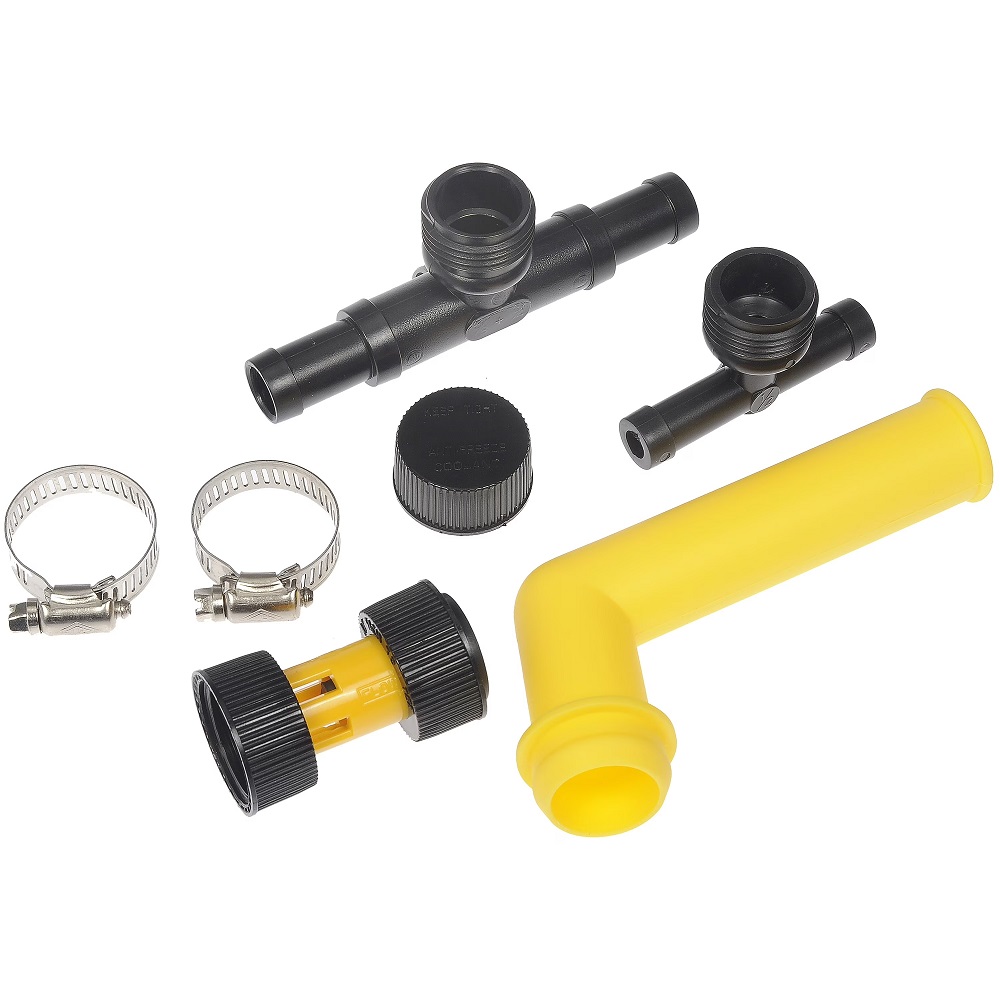
Steps Involved in a Coolant Flush
A coolant flush is a detailed process, ensuring your cooling system functions effectively. Let’s break down the steps.
Draining the Old Coolant
The first step involves removing the old coolant. A mechanic will:
- Locate the Drain Plug: The drain plug is usually at the base of the radiator.
- Drain the System: The old coolant is drained into a container for proper disposal.
- Inspect the Old Coolant: The mechanic checks for discoloration or contaminants that indicate cooling system issues.
Removing old coolant helps eliminate rusty or debris-filled fluid from the system.
Cleaning the Cooling System
Once the coolant is drained, the system is cleaned thoroughly. This step involves:
- Flushing with Water or Cleaner: A cleaning solution or water is used to flush out residue.
- Removing Deposits: This addresses sediment, rust, and contaminants stuck in the system.
- Ensuring Clear Flow: The cleaning ensures all hoses and passages are free from blockage.
This step is crucial to maintaining a clog-free cooling system.
Adding New Coolant
Finally, fresh coolant is added to complete the process. Here’s how:
- Choose the Right Coolant: The mechanic selects the coolant based on your vehicle’s requirements.
- Refill the System: Fresh coolant is filled to the correct level, ensuring optimal performance.
- Eliminate Air Pockets: Bleeding the system removes trapped air to prevent overheating.
Adding new coolant restores engine efficiency and ensures effective heat management.
By following these steps, a coolant flush protects your engine from overheating and wear.
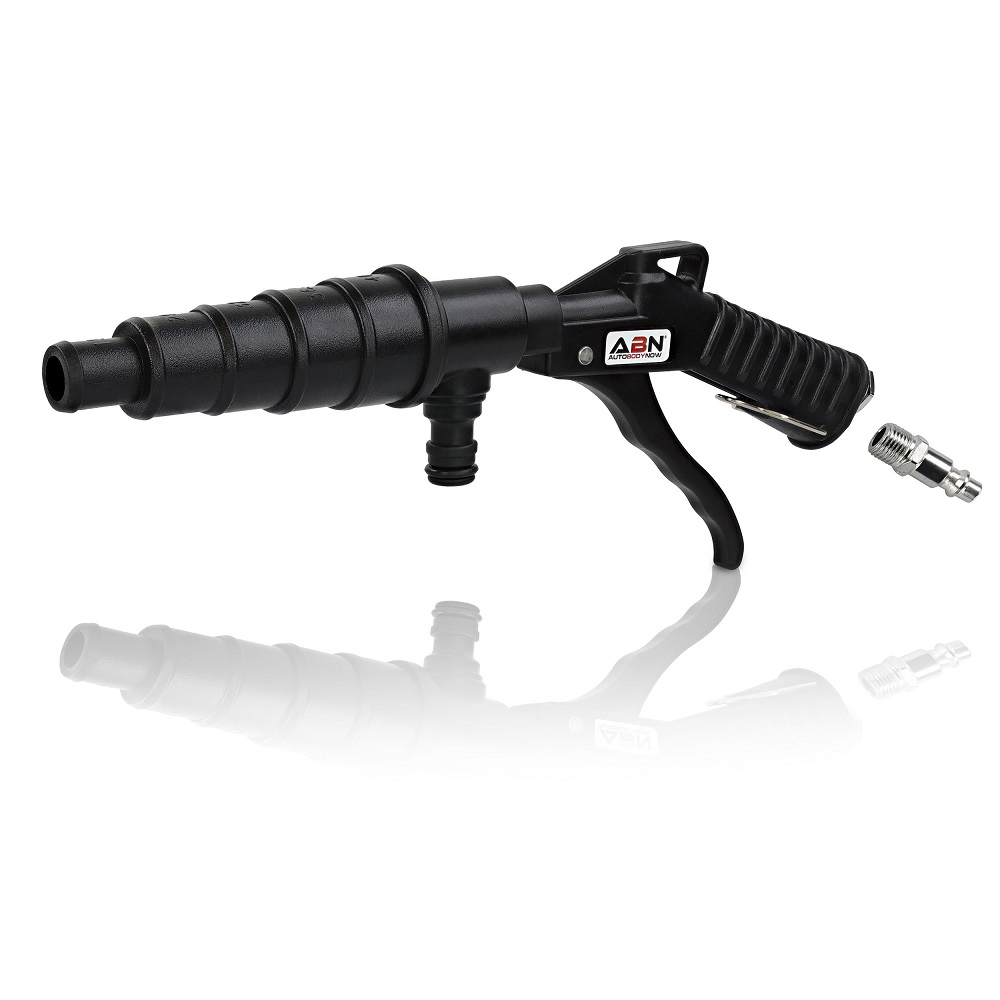
DIY Coolant Flush vs. Professional Service
DIY Process and Tools Needed
Performing a DIY coolant flush can save money but requires specific tools and steps. Here’s how:
- Essential Tools:
- A wrench to access the drain plug.
- A drain pan for old coolant.
- A funnel for refilling.
- Hose or water source for flushing.
- Preparation:
- Ensure the engine is cool before starting.
- Wear gloves and safety goggles.
- Steps to Flush:
- Drain old coolant by disconnecting the drain plug.
- Flush the system with water until clean.
- Refill with new coolant, ensuring correct type and level.
DIY jobs require careful attention to avoid errors that could harm your engine.
Benefits of Professional Service
Professional coolant flush offer reliability and convenience. Mechanics ensure the process is thorough and precise.
- Expertise:
- Trained technicians can detect hidden cooling system issues.
- They’ll select the right coolant for your vehicle.
- Proper Equipment:
- Professionals use advanced tools for effective cleaning.
- Machines can eliminate air pockets and blockages.
- Time-Saving:
- Mechanics complete the task promptly, saving you hours.
- Scheduling service prevents the hassle of DIY messes.
Choosing professional service ensures your engine gets optimal care, avoiding mistakes and potential damages.
Costs Associated with Coolant Flushes
A coolant flush is essential but comes with costs. Understanding typical prices helps you plan better.
Average Price Range
A coolant flush usually costs between $100 and $150. The price depends on your vehicle and location. Luxury cars or specialized coolants may increase the cost. Some service centers might charge extra for inspections or part replacements. DIY options are cheaper but may not be as thorough.
Saving Tips and Special Offers
- Check Service Promotions: Look for seasonal deals or discounts at auto repair shops.
- Bundle Services: Combine a coolant flush with other maintenance for a package discount.
- Use Coupons: Many shops offer online or mail-in coupons.
- Membership Discounts: Join automotive clubs for reduced service rates.
- DIY Approach: Doing it yourself can save significant money, but ensure proper tools and safety.
By applying these tips, you can manage coolant flush costs effectively without compromising quality.
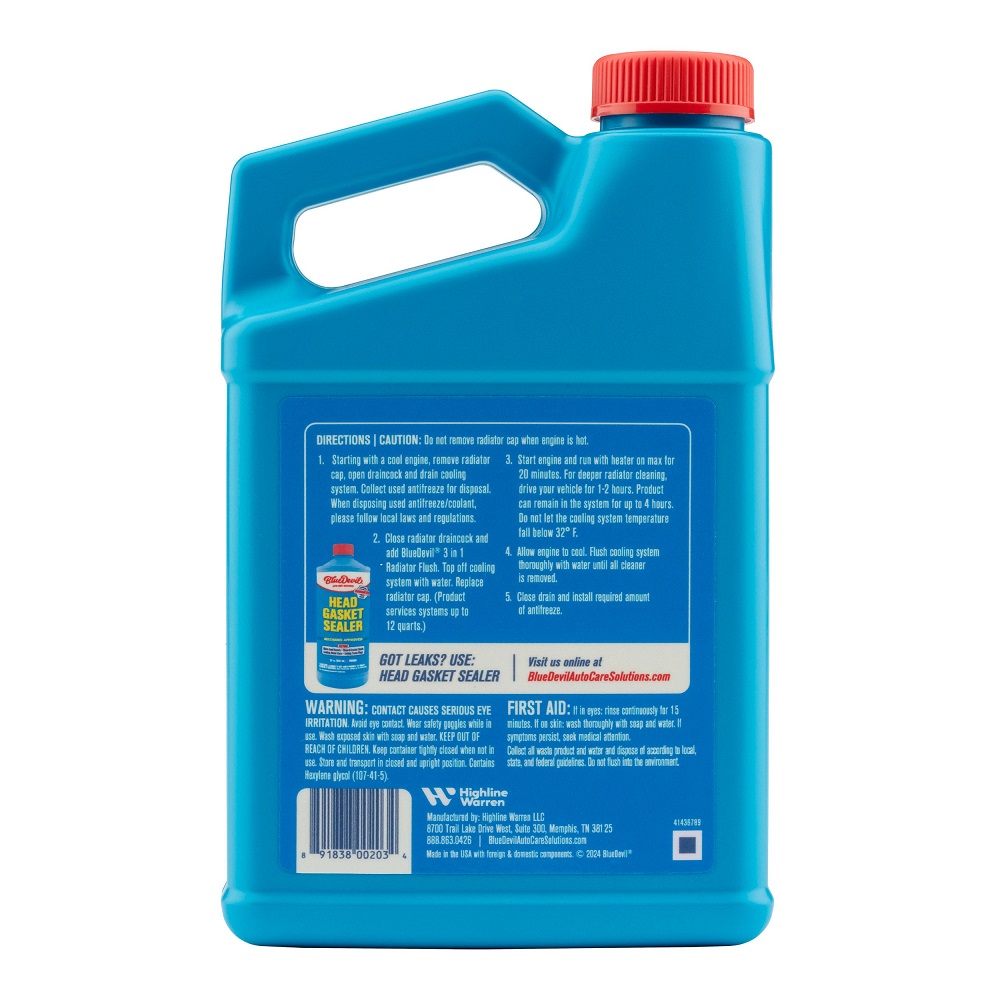
Risks of Skipping Routine Coolant Flushes
Neglecting routine coolant flush can lead to severe vehicle issues over time. Let’s explore the risks.
Engine Damage and Expensive Repairs
- Overheating Risk: Old coolant loses its efficiency, causing heat buildup. This results in engine overheating.
- Corroded Components: Contaminated coolant can corrode the radiator, hoses, and water pump. This leads to damaged components.
- Expensive Repairs: Ignoring coolant flushes can cause blown gaskets or cracked engine blocks. Repairs for these issues are costly.
Skipping coolant maintenance can reduce engine lifespan and result in major repair expenses.
Reduced Fuel Efficiency
- Inconsistent Temperature: Old coolant hinders the engine from maintaining optimal operating temperature, reducing efficiency.
- Energy Loss: Sludge and residue in the cooling system force the engine to work harder. This increases fuel consumption.
- Performance Drop: Poor cooling reduces combustion efficiency, leading to slower acceleration and higher fuel usage.
Regular coolant flush ensure efficient fuel use, better performance, and lower running costs.
Signs of Coolant Contamination
Recognizing Contamination Symptoms
Contaminated coolant can cause severe damage to the engine and other cooling system components. One of the most common signs of coolant contamination is a change in color or texture. If the coolant appears rusty, cloudy, or has particles floating in it, it is an indication of contamination. Additionally, the presence of an oily film on the surface of the coolant may suggest that oil is leaking into the cooling system. Recognizing these warning signs early can help you take corrective action before serious problems develop.
Monitoring for Sweet Smells and Leaks
Another symptom to watch for is the sweet smell associated with coolant. This odor often indicates a coolant leak, which can lead to both performance issues and engine overheating. If you find puddles or stains under your vehicle, check the coolant reservoir for drops in fluid levels. Keeping an eye on your vehicle’s coolant level will help you detect leaks early and address them promptly. If your vehicle smells sweet and experiences drops in coolant levels, it is wise to investigate the cause further.
Regular Fluid Testing
Having your coolant tested regularly can be very beneficial for the long-term health of your engine. Many automotive shops offer coolant analysis services where they can test for contaminants, pH levels, and potential issues before they turn into major problems. By regularly testing your coolant, you’ll have a clearer picture of its condition and be better equipped to take necessary actions promptly.
Conclusion: Ensuring Optimal Engine Cooling
Understanding the Full Coolant System
In conclusion, understanding the components and functions of the engine’s cooling system is vital to maintaining optimal engine health. From knowing the importance of coolant flush to recognizing the warning signs of problems, being educated about your vehicle’s needs empowers you as a driver. The coolant temperature sensor, various types of coolant, and the essential role that maintaining your system play a crucial role in ensuring a satisfactory and safe ride.
Committing to Regular Care
By committing to regular maintenance and proactive measures, you can ensure that your coolant system operates efficiently. Plan your maintenance schedule to include coolant flushes and inspections. The effort you invest in your vehicle will pay off in the form of improved performance, efficiency, and longevity. A well-maintained engine is less likely to experience costly repairs and more likely to provide a seamless driving experience.
Embracing the Journey
Ultimately, knowledge about your vehicle’s cooling system translates into safer rides and enjoyable adventures. Being aware of your coolant’s condition allows you to make informed decisions that keep your engine running smoothly. So as you hit the road, embrace the journey with confidence, knowing that you’re prioritizing safety and performance. Whether commuting, touring, or simply enjoying a weekend ride, understanding your cooling system ensures a reliable and joyful driving experience.
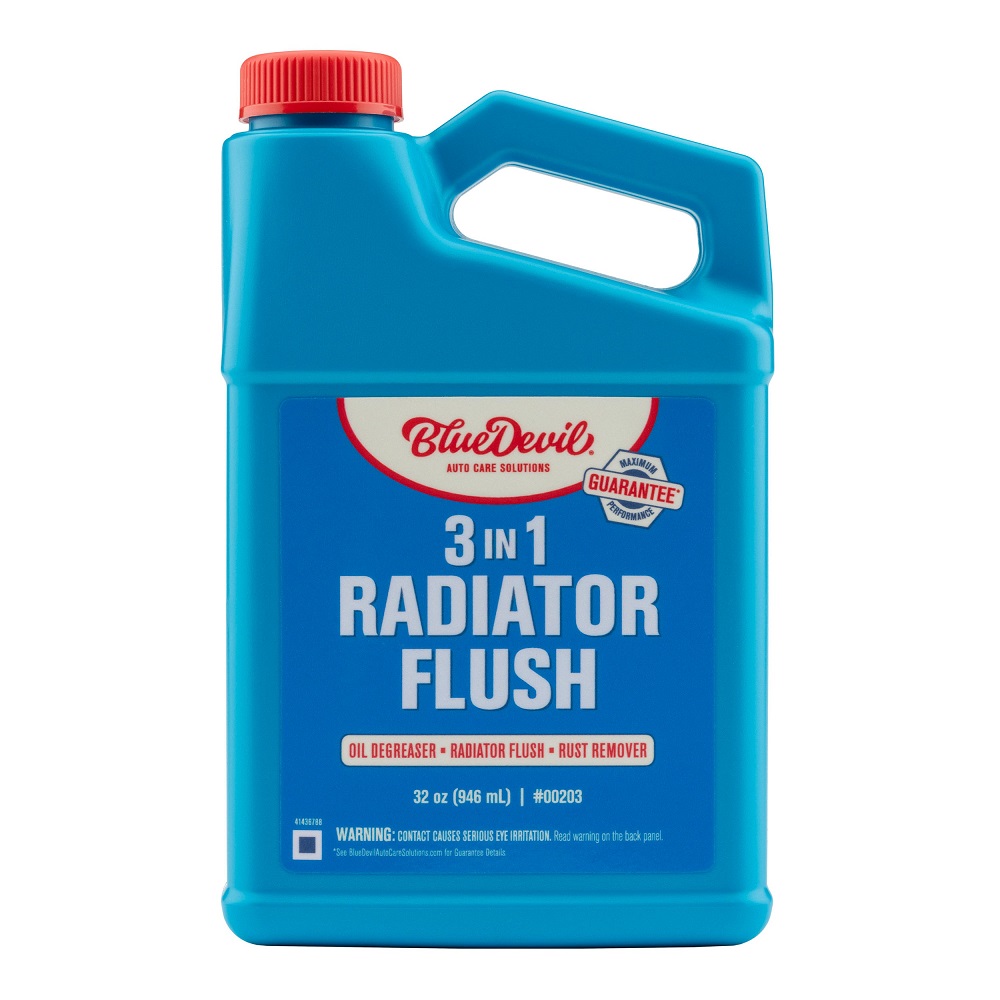
Leave a Reply